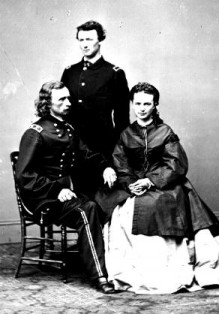Enter to win a copy of How the West Was Worn:
Bustles and Buckskins on the Wild Frontier
Did you know that pioneer women sewed lead in their hems to keep their dresses from billowing on the trail? Or that hatless men had to wear bonnets to protect their eyes from the scorching sun? From old familiar Levi’s to the short-lived “instant dress elevator,” the book How the West Was Worn examines the sometimes bizarre, often beautiful, and highly inventive clothing of the Old West. You’ll learn how a cowboy’s home state determined the way he wore his pants and hat, as well as how to distinguish one Indian tribe from another by their moccasins. Meet John B. Stetson, leading maker of cowboy hats; Adah Menken, whose flesh-colored nylon costume left an audience gaping at her underwear; and Amelia Jenks Bloomer, the promoter of – you guessed – the bloomer. There were a number of legendary trendsetters in the Old West. Clothing historians believe that no couple made more of an impact on western fashion than George and Elizabeth Custer, George, the “Boy General,” carried on his duties as commander of the Seventh Cavalry dressed in fringed, buckskin breeches and a jacket, a navy-blue shirt with a wide falling collar and red cravat. His men so admired the look that they adopted it for the entire regiment. Custer’s sense of style extended to women’s clothing as well. Elizabeth accompanied her husband on field maneuvers dressed in hoop skirts that measured five yards around the bottom. But at times, the prairie wind would blow the skirt up and expose her petticoat. So George designed an outfit for his wife that included a military-style riding jacket, a pleated undershirt, and a less cumbersome skirt. Strips of lead were sewn into the dress hems to keep it weighted down in a strong breeze.


